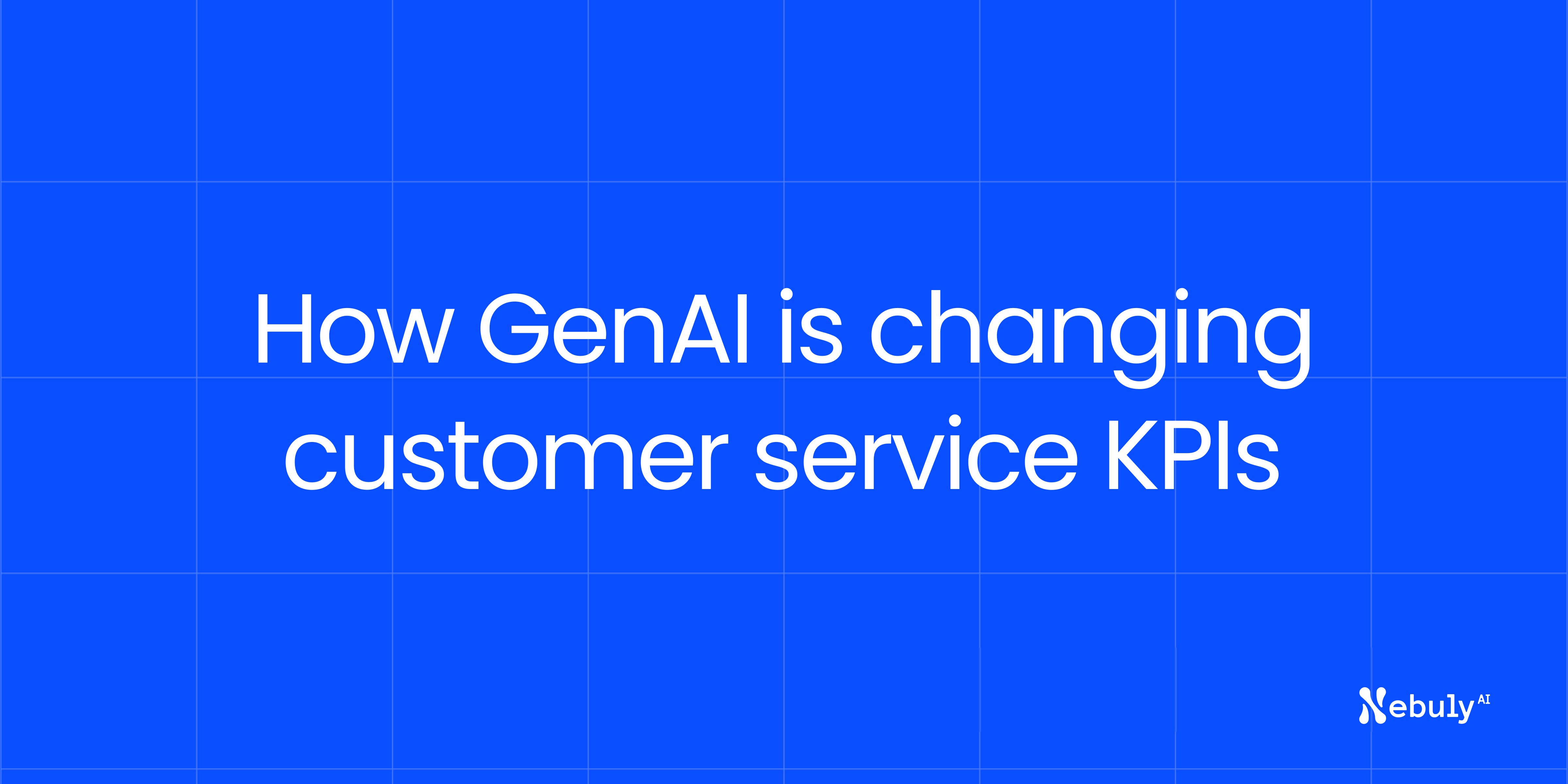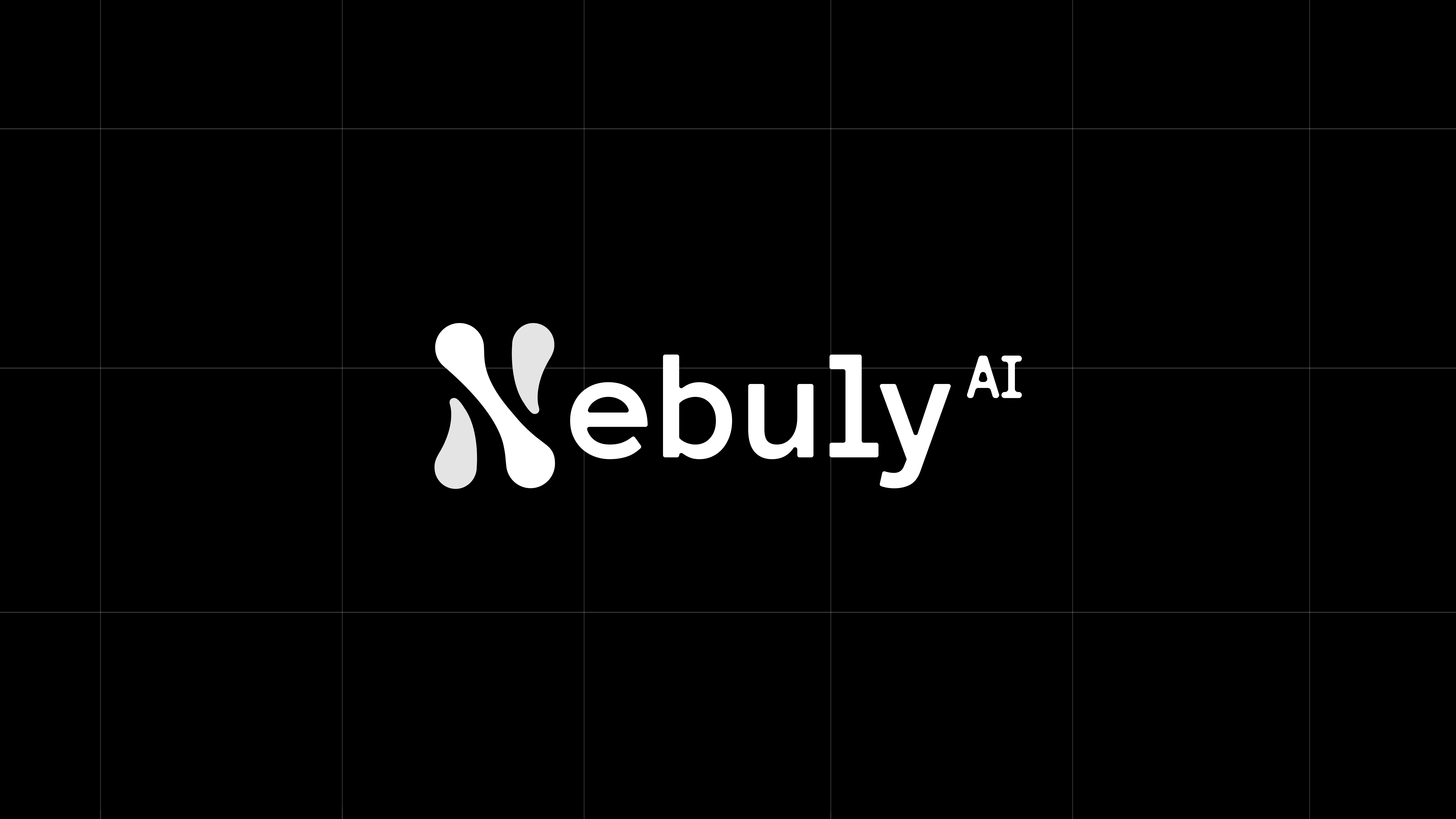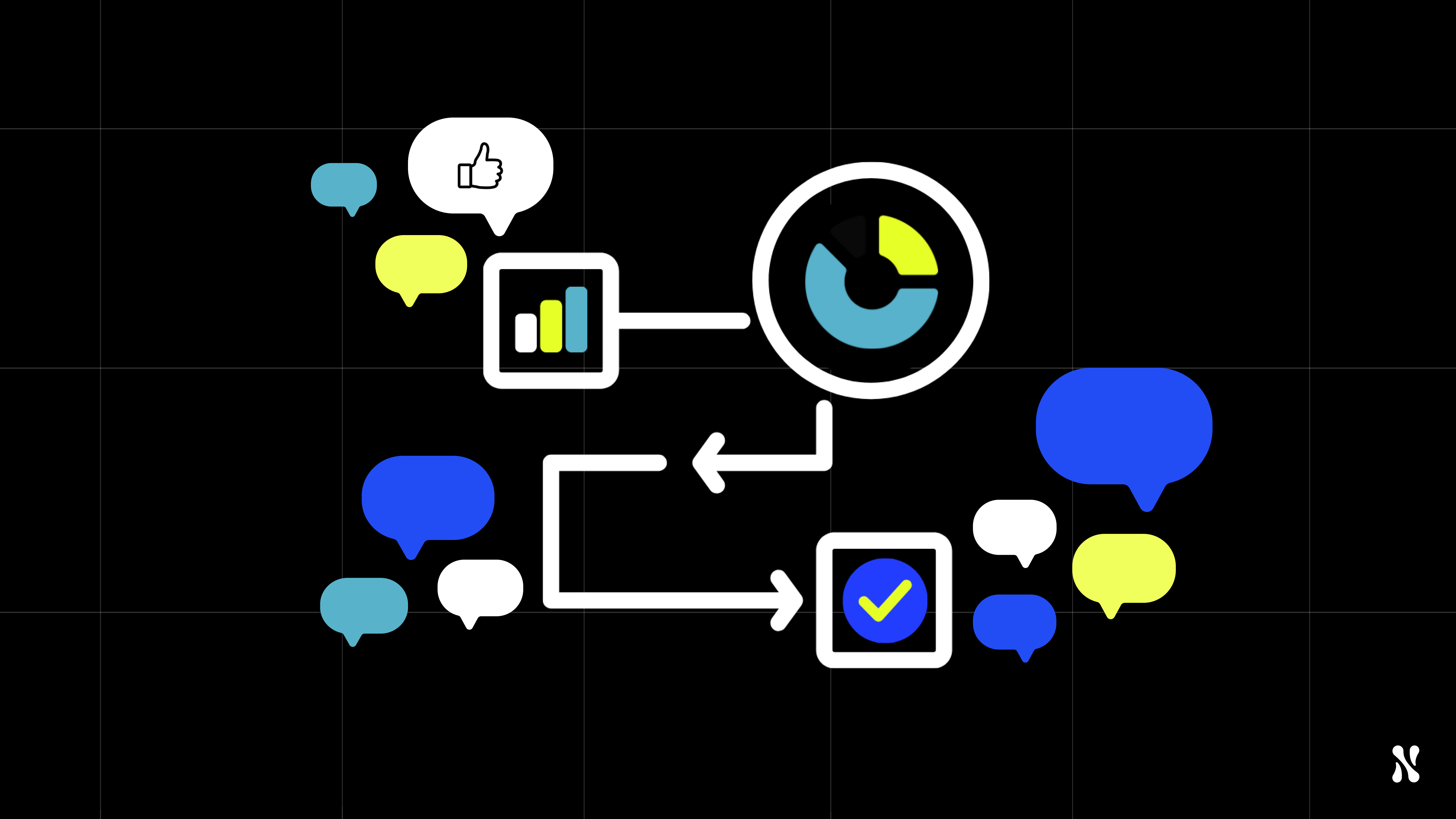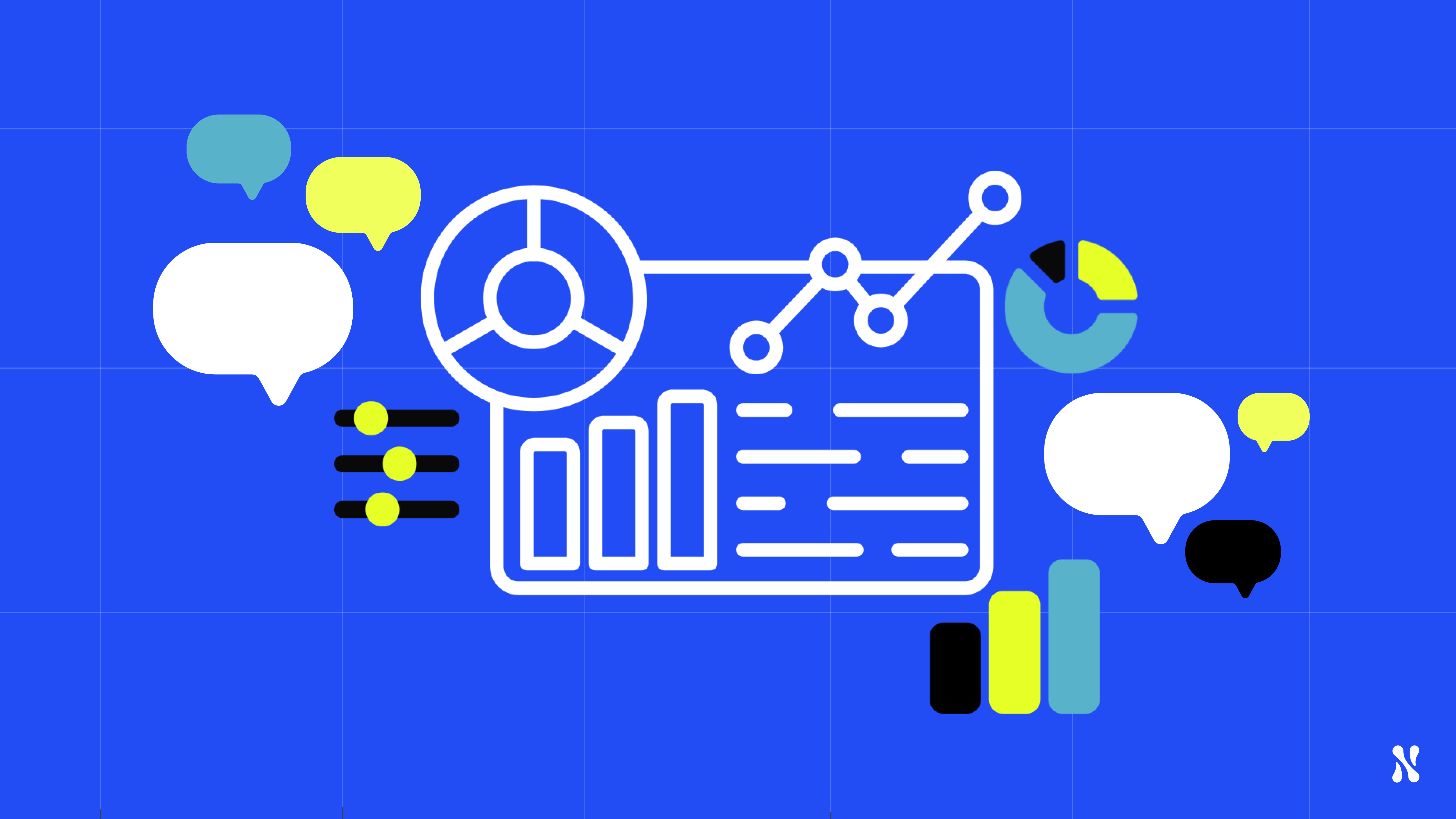For years, customer support teams relied on post-interaction surveys and CSAT scores to measure success. But consider this: fewer than 1% of users bother to click a thumbs-up or thumbs-down after a support interaction. In the era of AI chatbots and GenAI-powered assistants, the real story of customer satisfaction is hidden in the conversation itself. New AI customer service metrics are emerging from the data within each chat – revealing insights that traditional surveys and agent-centric KPIs would miss entirely.
What’s changing and why it matters
Generative AI is redefining how we gauge customer experience (GenAI CX). Classic metrics like CSAT, NPS, or average handle time only capture a fraction of what’s happening in an AI-driven support interaction. When a chatbot handles a customer query, there may be no human agent and often no explicit feedback from the user.
Instead, the conversation itself becomes the source of quality signals. Companies are shifting from measuring only operational stats (response time, resolution count) to also measuring user-centric outcomes. For example, it’s no longer enough to know that a chatbot responded in under 2 seconds – we need to know if that response actually solved the user’s problem.
This shift matters because without understanding the human side of AI interactions, you’re essentially flying blind. A system can meet its technical KPIs (fast responses, low error rates) and still leave customers frustrated. Traditional support dashboards might show “all green” (tickets closed, low wait times), yet customers might be silently unhappy. GenAI CX requires looking beyond uptime and resolution counts to what users felt and accomplished.
Simply put, a “working” chatbot isn’t the same as a helpful chatbot. That’s why forward-looking teams now capture metrics that reflect user success – not just system performance.
Equally important, behavioral data has become a pillar of next-gen customer analytics. Users rarely fill out feedback forms, but their behavior speaks volumes throughout an AI conversation. Every rephrase, long pause, or session drop-off is telling you something. Companies that measure these behavioral cues gain a far richer picture of customer satisfaction than a simple CSAT survey ever could.
In fact, internal studies show that thumbs‑up/down feedback mechanisms engage only a tiny sliver of users (often <1%), whereas analyzing conversational behavior taps into the other 99% of customer experiences.
Practical examples: new signals in action
What do these new conversation quality signals look like in practice? Here are a few key GenAI-driven support KPIs and what they reveal:
- Intent resolution rate: Did the AI assistant actually resolve the user’s issue or answer their question? This metric tracks how often users accomplish what they came for. A high intent resolution rate means the chatbot is effectively handling requests without needing a human to step in. It’s the GenAI equivalent of first-contact resolution in human support.
- Conversation completion rate: How many user sessions complete successfully versus being abandoned? If a significant share of users quit or escalate to an agent before getting a solution, that’s a red flag. An unfinished chat is the silent equivalent of a low CSAT score.
- Rephrasing frequency: This measures how often users have to restate or reword their queries in a conversation. Multiple rephrasings are a clear sign of friction – the AI didn’t get it right the first time. For example, if a user asks “How do I reset my password?” and then has to try three variations of that question, the assistant likely failed to understand the intent initially. Each “Sorry, could you rephrase that?” is effectively an implicit down-vote on the experience.
- User sentiment and emotion: Modern GenAI tools can analyze the text of a conversation to detect sentiment shifts. Is the user getting frustrated or staying calm? Sentiment analysis can flag if a customer’s tone turns negative (e.g. “This isn’t helpful” in the chat). It can also identify positive signals like gratitude (e.g. “Thanks, that solved my issue!”), which serve as satisfaction markers. Unlike a blunt CSAT number, sentiment trends show nuance – a user might start upset but become happy once their issue is resolved.
- Frustration signals: GenAI conversation analytics can implicitly detect frustration without the user explicitly saying “I’m unhappy.” Patterns like repeated attempts, increasingly terse messages, or sudden abandonment are telltale signs. For instance, a customer who writes “hello?!” or abruptly leaves the chat after a series of unhelpful answers is signaling frustration. One powerful new metric is frustration recovery – how often the AI manages to turn a frustrated interaction into a successful outcome. If a chatbot notices a user growing frustrated (via tone or repeated questions) and then adapts – or smartly hands off to a human – that recovery can be tracked and improved over time.
- Containment and escalation rate: In customer support, chatbot CSAT is closely tied to containment – the percentage of conversations handled fully by the bot. Every time the AI resolves an issue without live agent help, that’s a win for efficiency (and usually, the user got help faster). However, if the AI fails gracefully by escalating when appropriate, that’s also important. Tracking when and why hand-offs occur helps improve the bot. A high escalation rate might indicate gaps in the bot’s knowledge or an overly complex issue that needs human empathy. The goal is to find the sweet spot: maximize containment where the bot is competent and minimize unnecessary frustrations by getting humans involved at the right moment.
All these signals derive from behavior within the conversation, not after. They are like an ongoing, automatic quality audit of each interaction. For example, users “express frustration in detectable patterns” during chats – shorter, curt messages or repeated questions – which can be logged and quantified.
A traditional support survey would simply label that customer “dissatisfied” (if they even responded). GenAI analytics, by contrast, pinpoint where and why the frustration happened: maybe the bot misunderstood a key term or gave an off-topic answer. Armed with that insight, support teams can tweak the bot’s responses or training data to fix the issue, directly improving the next customer’s experience.
Crucially, these new metrics emphasize what the user actually does and experiences. They treat a chatbot conversation as a rich source of data, rather than a black box that ends with “Was this helpful? [Yes/No].”
By analyzing behavior, companies uncover specific improvement opportunities. (One Nebuly client discovered that 70% of their so-called “error” support tickets were not technical errors at all – users were just phrasing requests unclearly. This insight led to adding prompt suggestions, which cut down support tickets by nearly one-third.) The takeaway: in GenAI CX, “you can’t improve what you can’t see,” and these new metrics make the invisible visible.
What companies should do
Adapting to this new world of chatbot CSAT and AI-driven support metrics requires a strategic approach. Here’s what forward-thinking companies are doing to stay ahead:
- Redefine success criteria: Update your customer service KPIs to include both traditional outcomes and these new conversation metrics. Keep measuring things like overall CSAT and first-contact resolution for human agents, but add KPIs such as intent resolution rate, conversation completion, and user sentiment trend for your AI channels. This dual view ensures you don’t misjudge your bot’s performance by human standards alone. Define what “good” looks like for an AI interaction (e.g. X% of issues resolved by the bot, Y% of sessions with positive sentiment by the end). Make these targets as prominent as call center metrics.
- Instrument your chatbot for analytics: Just deploying a generative AI isn’t enough – you need to capture and analyze its interactions. Invest in tools or platforms that can log each conversation, detect key events (like frustration signals or intent switches), and produce dashboards of these new KPIs. For instance, conversation analytics software can automatically extract user intents, sentiment, and drop-off points from chat logs. By instrumenting your AI assistant in this way, you turn every chat into actionable data. This is akin to installing Google Analytics on a website – but here it’s “Google Analytics for AI conversations”. The insight gained will inform everything from training your models to updating your knowledge base.
- Train your team (and your models) on the new insights: Ensure your support and product teams understand what these new metrics mean and how to respond. If the data shows, for example, a low intent resolution rate on billing questions, the team should investigate why – maybe the bot’s knowledge is lacking on a certain policy. If sentiment analysis flags that users often become upset at a particular step, it’s a cue to refine that part of the dialogue or provide better guidance. In parallel, feed the insights back into your AI’s development: fine-tune the model on examples of frustrated vs. satisfied interactions, add fallback responses for common confusion points, and expand training data where users’ needs aren’t being met. The organizations that “iterate based on actual user behavior – not assumptions” are the ones pulling ahead.
- Mind the gap between AI and human agents: Recognize that an AI assistant will excel in some areas and struggle in others, differently than a human would. Don’t measure your bot by human agent metrics that don’t translate. For example, average handle time isn’t as meaningful for a chatbot available 24/7 – a better focus is how efficiently the bot leads users to a solution (or escalation). Similarly, an agent’s courtesy and empathy are hard to measure directly in AI, so instead track the bot’s “emotional intelligence” – its ability to recognize and appropriately react to customer sentiment. Where your human team might use intuition to detect an unhappy caller, your AI needs explicit signals. By measuring things like frustration recovery or sentiment shifts, you ensure the AI is held to a standard of customer-centric outcomes rather than just technical uptime. In practice, many companies set up a parallel “AI support dashboard” alongside their human support KPIs, each with relevant metrics. This layered approach keeps everyone clear on how the chatbot is doing on its own terms.
Above all, companies should foster a culture of continuous improvement driven by these new metrics. Just as call centers have weekly metrics reviews, AI support teams should regularly drill into conversation analytics. Look at transcripts where the intent wasn’t resolved or where the user dropped off unhappy – those are your coaching moments, except now you’re coaching the AI (tweaking content or logic) rather than an agent. Over time, you’ll likely see your GenAI CX metrics trend in the right direction: higher completion rates, fewer escalations, and improved user sentiment. This iterative optimization is exactly how the best companies turn their AI chatbots from basic Q&A machines into truly satisfying support assistants.
Conclusion
The bottom line is that GenAI is changing customer service KPIs from static post-call scores to dynamic, behavior-driven insights. Businesses that embrace these new metrics are gaining a more authentic view of customer satisfaction – one that’s grounded in what users actually do and feel, not just what they say on a survey.
By focusing on metrics like intent resolution, frustration signals, and sentiment trends, you ensure your AI customer support is continually aligned with user needs and expectations. In a world where conversational AI is handling more of the frontline work, this user-centric measurement is not a “nice-to-have” – it’s mission-critical for delivering great service.
Is your team ready to measure what truly matters in GenAI CX? If you want to see these next-gen support metrics in action, we invite you to take the next step. Explore Nebuly’s approach to customer support analytics and how it can turn your AI chatbot conversations into actionable KPIs for improvement. Book a demo to get a first-hand look at how deeper user understanding can boost your support performance – and ensure your chatbot’s “CSAT” is more than just a number.






